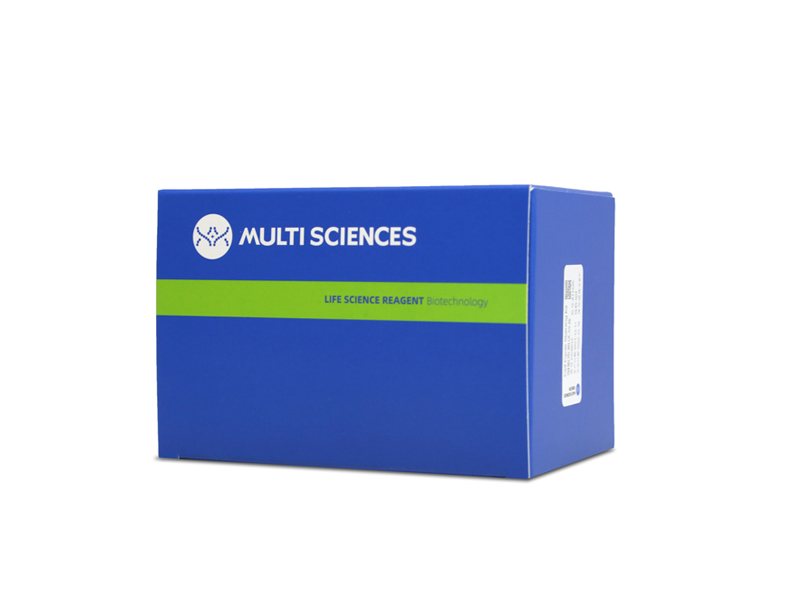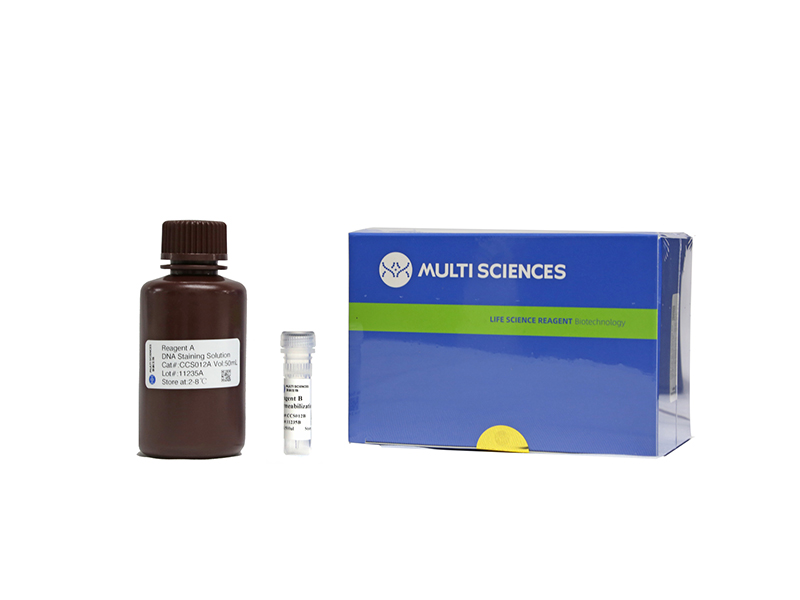Microcystins are produced by some species of cyanobacteria, which are hazardous materials to the environment and human beings. It has been demonstrated that microcystin-LR (MC-LR) could disrupt the blood-brain barrier and cause learning and memory deficits, but the neurotoxicity of MC-LR on motor function remains unclear. In this study, the mice were exposed to MC-LR dissolved in drinking water at doses of 1, 7.5, or 15 μg/L for 15 months. We observed that 15 μg/L MC-LR could enter mouse brain tissues such as the cortex, hippocampus, and substantia nigra (SN). And 15 μg/L MC-LR also caused hypokinesia in mice and induced the loss and apoptosis of SN dopaminergic neurons (DA neurons). Meanwhile, MC-LR induced the accumulation of alpha synuclein (α-syn) in DA neurons and decreased the proteins of tyrosine hydroxylase (TH), dopa decarboxylase (DDC) and dopamine transporter (DAT), resulting in a reduction in dopamine (DA) content, which are pathological features of Parkinson's disease (PD). These results suggested that chronic MC-LR might induce PD-like lesions in mice. Moreover, chronic MC-LR exposure caused the inflammatory response in the SN, manifested by the increased numbers of glial cells and the release of inflammatory factors (TNF-α, MCP-1, and IL-6). In vitro, it was proved that MC-LR mediated SH-SY5Y cell apoptosis by activating oxidative stress and damaging mitochondria. Collectively, this study revealed a novel molecular mechanism for MC-LR neurotoxicity with significant implications for human health and the public environment.
文章引用产品列表
-
- CCS012 1190 Citations
- 周期试剂盒
Cell Cycle Staining Kit 细胞周期检测试剂盒
- ¥390.00



